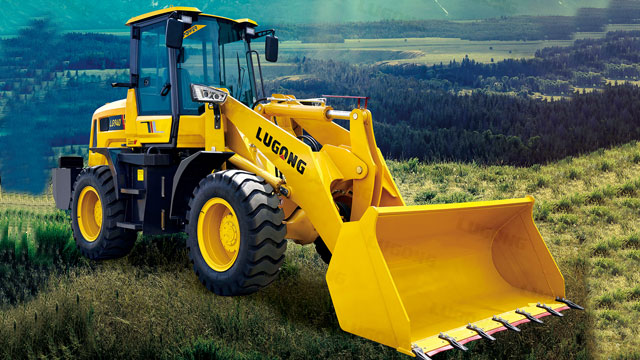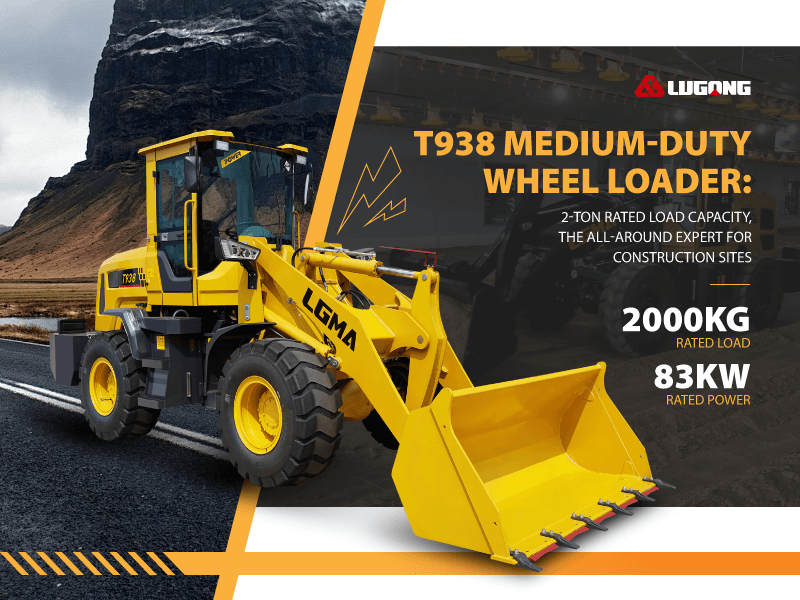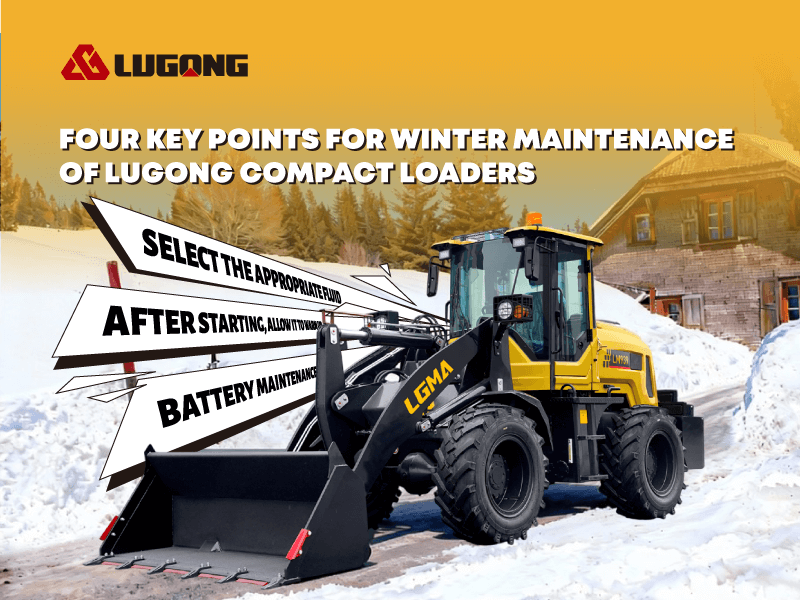Comparing A Track Loader And A Wheel Loader: Which Machine Is Right For You?
The Difference Between A Track Loader And A Wheel Loader Introduction:
Track loaders and wheel loaders are two types of heavy construction equipment commonly used in various industries. While they may serve similar purposes, there are significant differences between the two. This article aims to explore and differentiate these two machines, focusing specifically on wheel loaders.

Comparing A Track Loader And A Wheel Loader
I. Definition and Function of a Wheel Loader
A. Overview of Wheel Loaders:
– Wheel loaders are versatile machines designed for material handling, loading, and transporting tasks in construction sites, quarries, and mining operations.
– They are equipped with a large bucket at the front, which can be raised and lowered using hydraulic systems.
– Wheel loaders are mounted on wheels, allowing them to maneuver easily on various terrains, including paved surfaces and uneven ground.
– These machines are powered by diesel engines, providing high torque and power for heavy-duty applications.
B. Key Features of a Wheel Loader:
1. Articulated Steering System:
– Wheel loaders have an articulated steering system, which allows the machine to bend in the middle.
– This feature provides excellent maneuverability, making it easier to operate in tight spaces.
2. Quick Coupler System:
– Wheel loaders are often equipped with a quick coupler system that enables the operator to switch between different attachments quickly.
– This versatility allows the machine to perform various tasks, such as loading, digging, and lifting.
3. ROPS/FOPS Cabin:
– Most modern wheel loaders come with ROPS (Roll-Over Protective Structure) and FOPS (Falling Object Protective Structure) cabins.
– These cabins provide a safe working environment for the operator, protecting them from potential accidents and falling objects.
II. Advantages of Wheel Loaders over Track Loaders
A. Superior Mobility:
– Wheel loaders have excellent mobility due to their wheel-mounted design.
– They can operate efficiently on both smooth and rough terrains, making them suitable for a wide range of applications.
– The ability to travel at higher speeds allows for increased productivity and faster completion of tasks.
B. Reduced Ground Disturbance:
– Compared to track loaders, wheel loaders exert less ground pressure due to their larger contact area with the ground.
– This feature makes them suitable for working on surfaces that require minimal ground disturbance, such as finished landscapes or asphalt pavements.
C. Lower Maintenance Costs:
– Wheel loaders generally have lower maintenance costs compared to track loaders.
– The wheels and tires are easier and more cost-effective to replace than tracks.
– Additionally, the simpler design of wheel loaders often results in fewer mechanical issues.
III. Limitations of Wheel Loaders
A. Limited Traction:
– Wheel loaders may experience reduced traction compared to track loaders, especially on loose or slippery surfaces.
– In such conditions, track loaders are preferred due to their superior grip and stability.
B. Challenging in Soft Soils:
– Wheel loaders may face difficulties operating in soft or muddy terrains.
– The wheels can sink into the ground, leading to decreased mobility and potential damage to the machine.
Comparing A Track Loader And A Wheel Loader Conclusion:
In conclusion, both track loaders and wheel loaders have their own unique features and advantages. The choice between the two depends on the specific requirements of the job, the terrain, and the budget. Track loaders excel in rough terrains, while wheel loaders are more suited for solid surfaces. Understanding the differences between these two types of loaders is essential for selecting the most suitable machine for a particular task.


